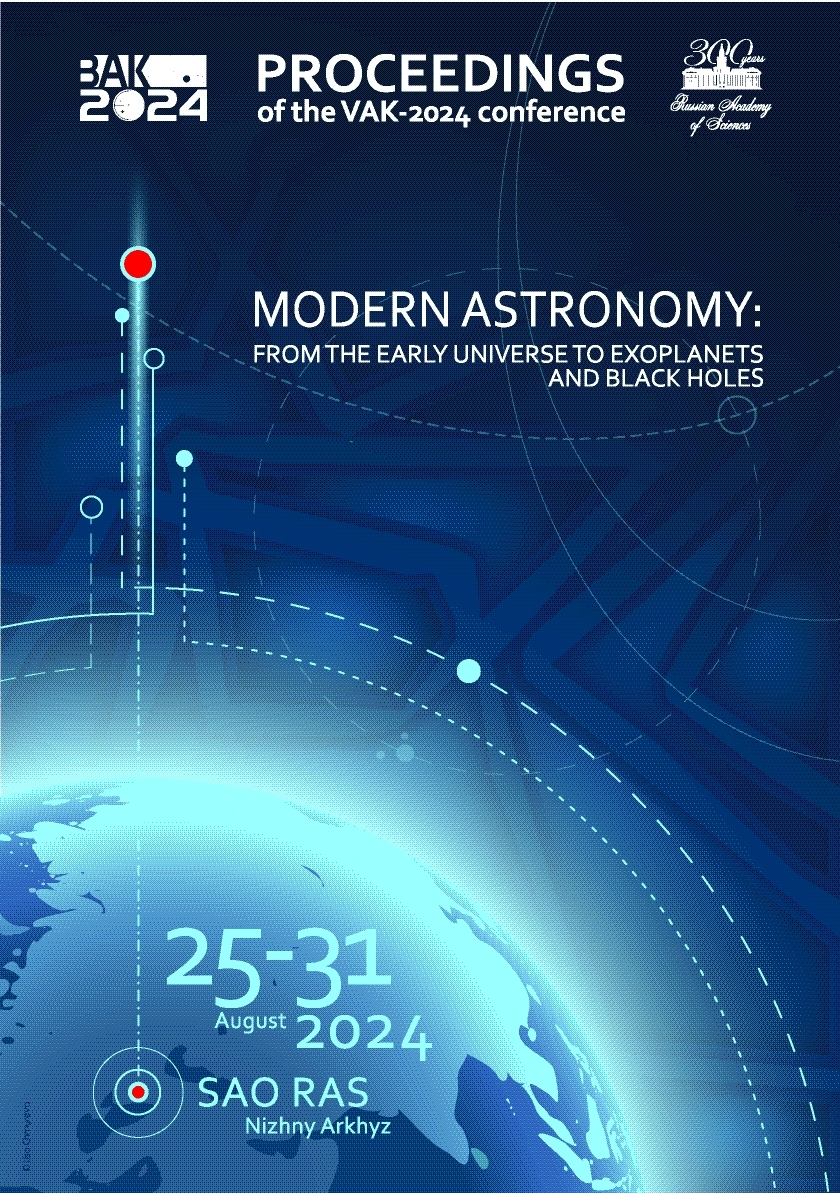Institute of Applied Astronomy of the Russian Academy of Sciences
UDC 53
UDC 520
UDC 521
UDC 523
UDC 524
UDC 52-1
UDC 52-6
CSCSTI 41.00
CSCSTI 29.35
CSCSTI 29.31
CSCSTI 29.33
CSCSTI 29.27
CSCSTI 29.05
Russian Classification of Professions by Education 03.06.01
Russian Classification of Professions by Education 03.05.01
Russian Classification of Professions by Education 03.04.03
Russian Library and Bibliographic Classification 2
Russian Library and Bibliographic Classification 223
Russian Trade and Bibliographic Classification 614
Russian Trade and Bibliographic Classification 6135
BISAC SCI004000 Astronomy
BISAC SCI005000 Physics / Astrophysics
We explore the immediate and long-term consequences of close passages of interstellar planet-mass and substellar-mass objects for the Solar system dynamics. Two approach orbits of such objects are considered, namely, the hyperbolic orbits of two real interstellar objects, 1I/'Oumuamua and 2I/Borisov. For each orbit, a series of massive numerical experiments is performed, in which the mass of the interstellar object is varied in small steps over a broad range. It is shown that even if the interloper does not experience any close encounter with a planet of the Solar system, and has a mass typical for a free-floating planet, a disruption of the Solar system may occur on time scales of several million years.
planets and satellites: dynamical evolution and stability; ISM: individual objects: 1I/'Oumuamua, 2I/Borisov
1. Cincotta P., Giordano C., and Shevchenko I., 2022, Physica D, 430, id. 133101
2. Goulinski N. and Ribak E., 2018, Monthly Notices of the Royal Astronomical Society, 473, 2, p. 1589
3. Mikryukov D.V. and Baluev R.V., 2019, Celestial Mechanics and Dynamical Astronomy, 131, 6, id. 28
4. Mikryukov D.V. and Shevchenko I.I., 2024, Monthly Notices of the Royal Astronomical Society, 528, 4, p. 6411
5. Orlov V.V., Rubinov A.V., and Shevchenko I.I., 2010, Monthly Notices of the Royal Astronomical Society, 408, 3, p. 1623
6. Rein H. and Spiegel D., 2015, Monthly Notices of the Royal Astronomical Society, 446, 2, p. 1424
7. Shevchenko I.I., 2020, Astrophysics and Space Science Library, 463, p. 1
8. Shevchenko I.I., 2010, Physical Review E, 81, 6, id. 066216








